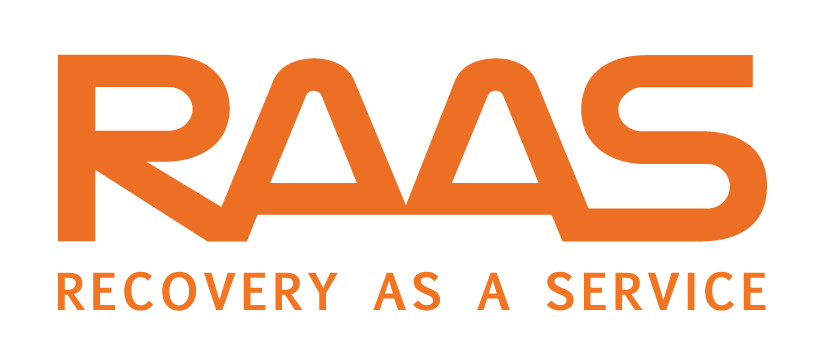We are dependent on technology and there is no denying this. Despite being increasingly evolved, unfortunately there are still no 100% safe solutions, so the systems and infrastructures of companies are every day exposed to risks of human nature, risks of mechanical failures and risks of natural disasters. For this reason, it is increasingly important to implement a disaster recovery solution that combines the policies and procedures necessary to ensure the recovery of information and the rapid return to normality in the event of a disaster or computer attack. Implementing a disaster recovery solution is a process that must be well thought out and analyzed by companies’ IT managers. In today’s article, we present you a checklist to implement a disaster recovery solution effectively!
Risk analysis
The IT manager must analyze all the risks, threats and vulnerabilities of the entire IT system, as well as the entire surrounding geographical area. The purpose of this step is to identify all possible failures that could compromise business continuity. You should also register work routines in the different departments, as well as describe which tools are most used by each area (servers, virtual machines, among others).
Recovery level
The IT manager must define what the priorities are in the event of a disaster scenario. The plan can and should identify the recovery that must be made immediately and put the least critical areas for business continuity in the background.
Recovery time
Losing data costs money and can cause a company to be down for a long time. The disaster recovery plan should take into account the company’s tolerance level in the event of a shutdown, that is, how long the company can stand without fatally damaging the business. In this area there are two very important indicators: the recovery point objective and the recovery time objective. The first tells us what information can be lost and not recovered to not harm the business, while the second tells us the time needed to restore the systems in a disaster scenario.
Team preparation
The disaster recovery solution can be managed by people outside the organization, but the IT team must know how to quickly identify failures and follow all procedures. This is to ensure that the effects of a failure or disaster are minimized and that normality quickly returns to the organization. This preparation of the team must count on the participation of the various departments of the company, as all areas must be guided according to the same rules.
Choose the best solution
We advise you to use a disaster recovery solution in the Cloud. In recent years, the Cloud has been gaining a prominent role with companies around the world and this is because this technology has evolved significantly and there is more and more security in these solutions in the cloud. RAAS is a dedicated infrastructure with selective replication in the cloud. This service enables the activation of almost instantaneous disaster on virtual servers in a remote environment. In this way, even in the event of more extreme disasters, information is easily recovered, without interfering with the company’s usual performance.

